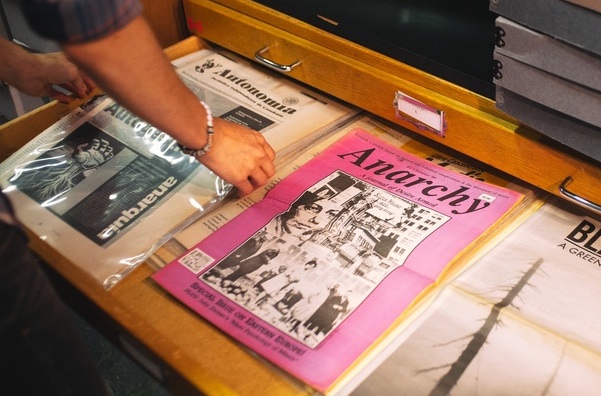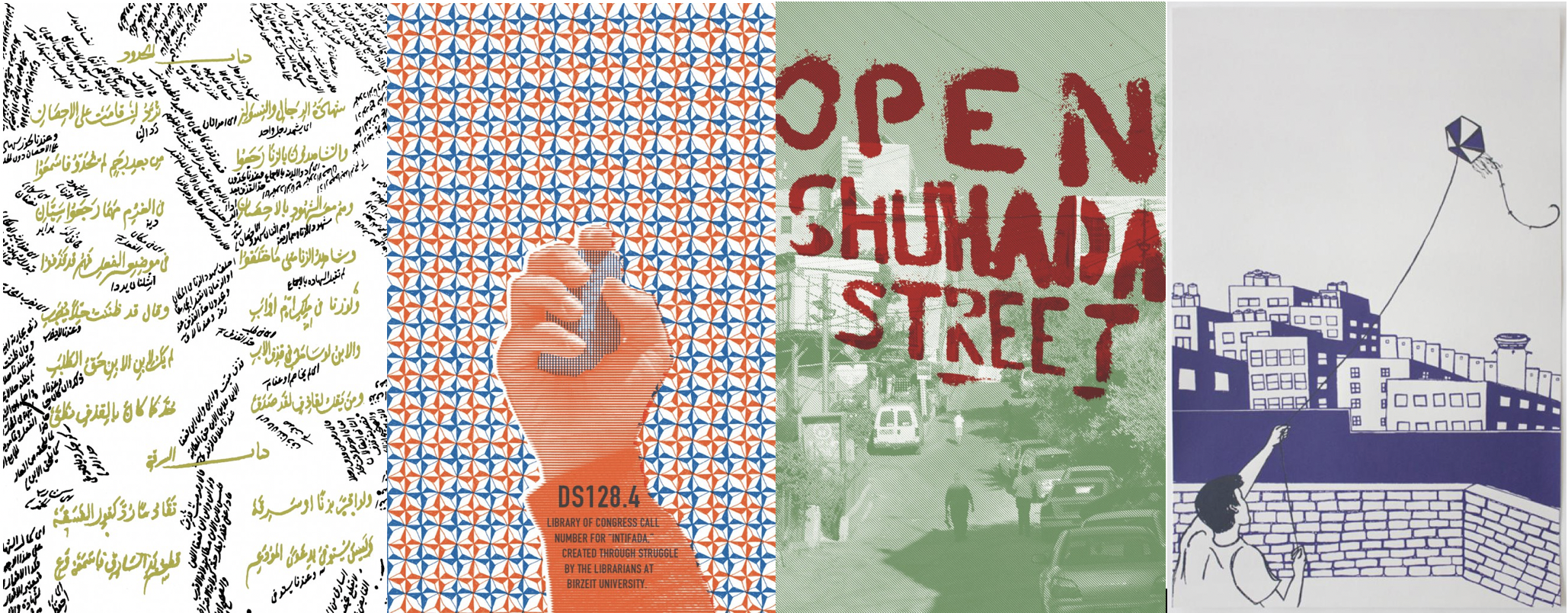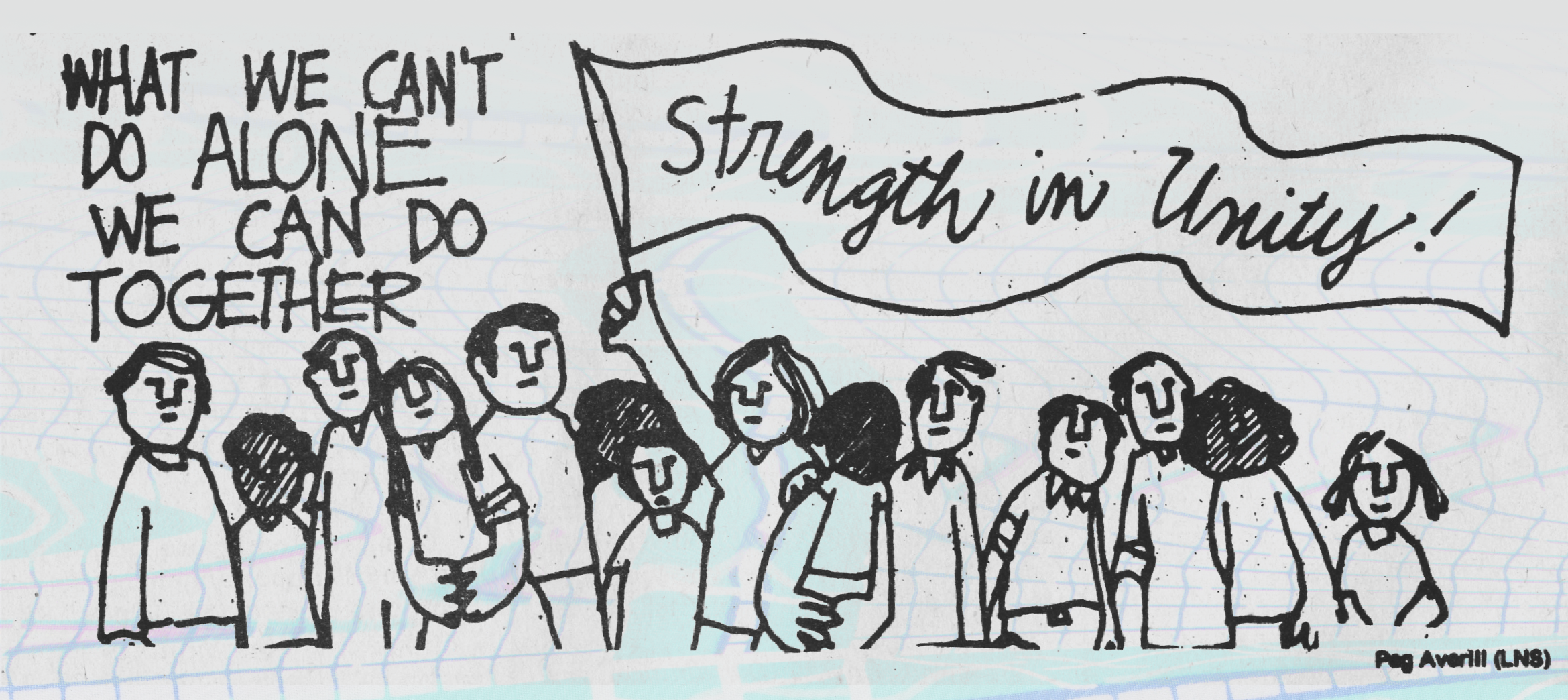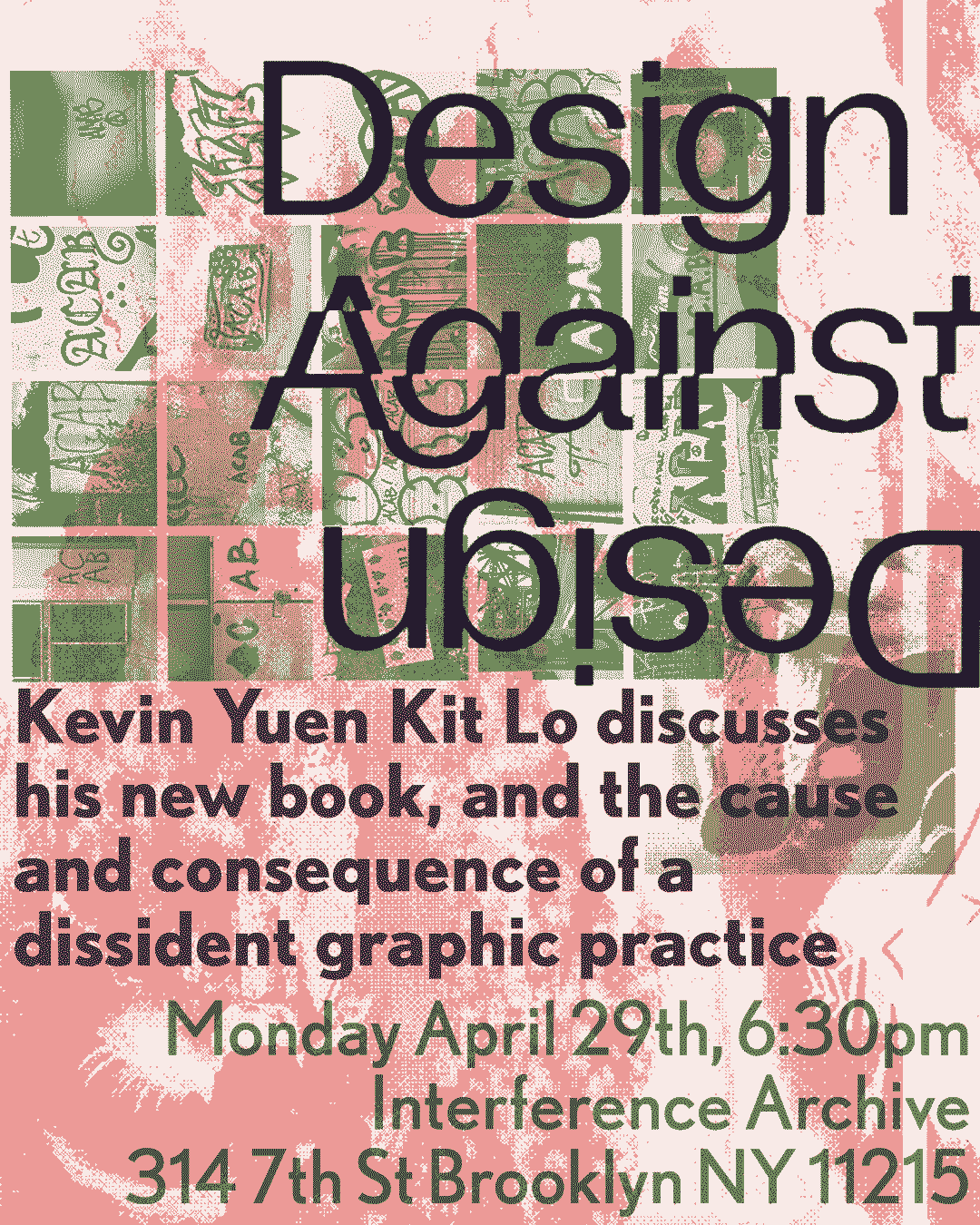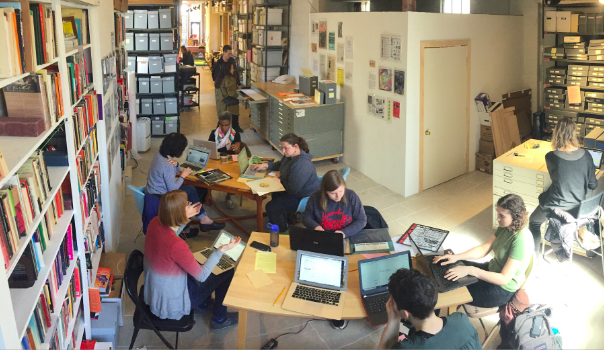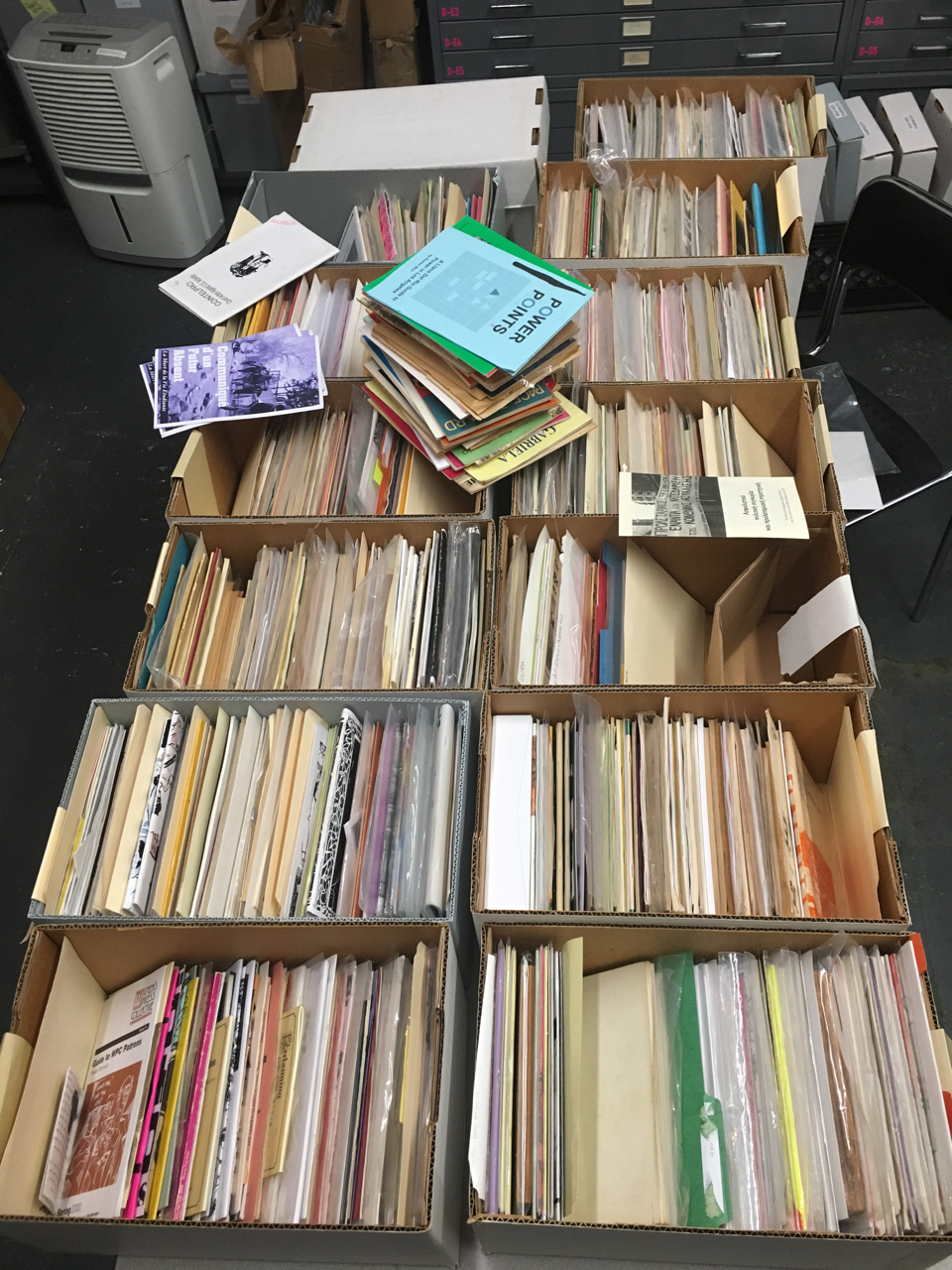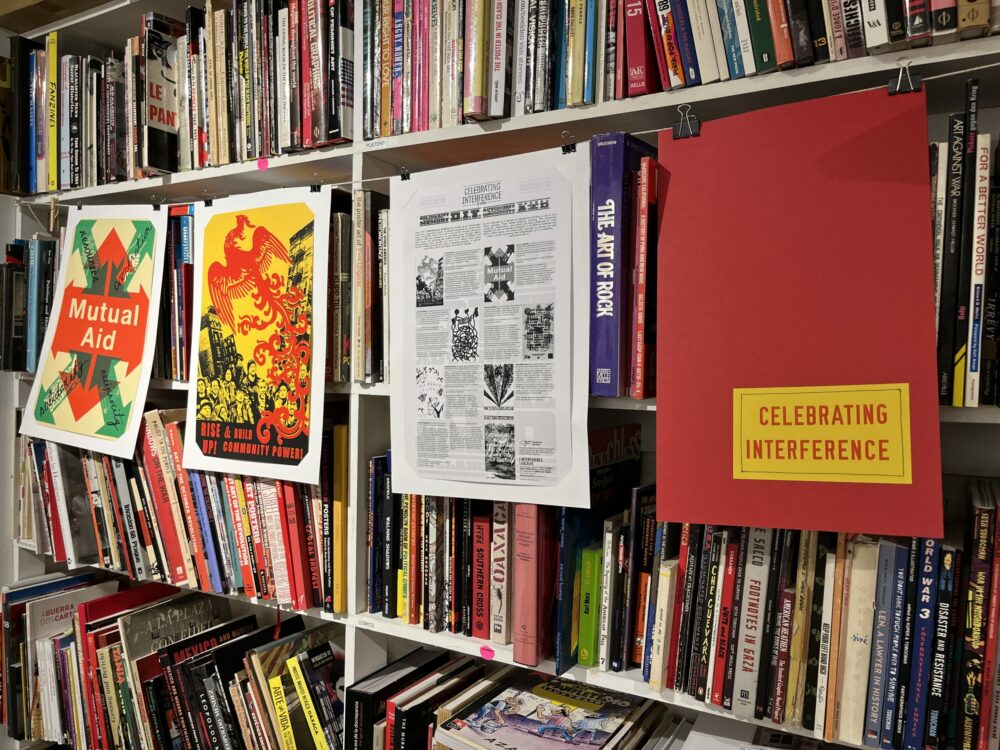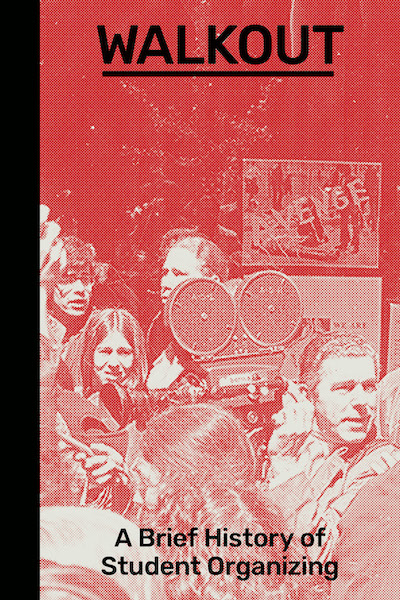What is Interference Archive?
The mission of Interference Archive is to explore the relationship between cultural production and social movements. This work manifests in an open stacks archival collection, publications, a study center, and public programs including exhibitions, workshops, talks, and screenings, all of which encourage critical and creative engagement with the rich history of social movements.
Read more about who we are and what we doON VIEW
*Palestine Lives! // Ten Years of Librarians and Archivists with Palestine
November 11, 2023 – May 3, 2024
Join Interference Archive for two concurrent exhibitions on Palestinian resistance and solidarity! Palestine Lives! presents Palestinian liberation materials from the collection of Interference Archive through the themes of the Nakba, the ongoing Israeli genocide in Gaza, the Boycott, Divestment, and Sanctions movement, cultural resistance, and international and Jewish solidarity. Together, these materials represent close to […]
MoreCalendar
*Volunteer orientation
Saturday, April 27, 2024 @ 2:00 PM
Join the next Interference Archive volunteer orientation! This is open to all, whether you want a refresher or are new to the archive!
MoreDesign Against Design
Monday, April 29, 2024 @ 6:30 PM
Kevin Yuen Kit Lo discusses his new book, and the cause and consequence of a dissident graphic practice. Kevin will be in conversation with Josh MacPhee, co-founder and member of both Interference Archive and the Justseeds Artists’ Cooperative. Design Against Design argues for the urgent necessity of critical engagement and political resistance through graphic practice. […]
MoreCollections Working Group
Wednesday, May 8, 2024 @ 7:00 PM
Reach out to rudigbeth@gmail.com for questions or the zoom link
MoreOur Collections
Our collection includes tens of thousands of items created as part of social movements around the world, by the participants themselves: posters, flyers, publications, zines, books, T-shirts and buttons, moving images, audio recordings, and other materials. For us, making this material accessible to the public is an act of preservation, not only of the physical materials, but of the collective history of those struggling for social change. Learn more about our collections and set up a time to visit them in-person in the archive.
About the Collection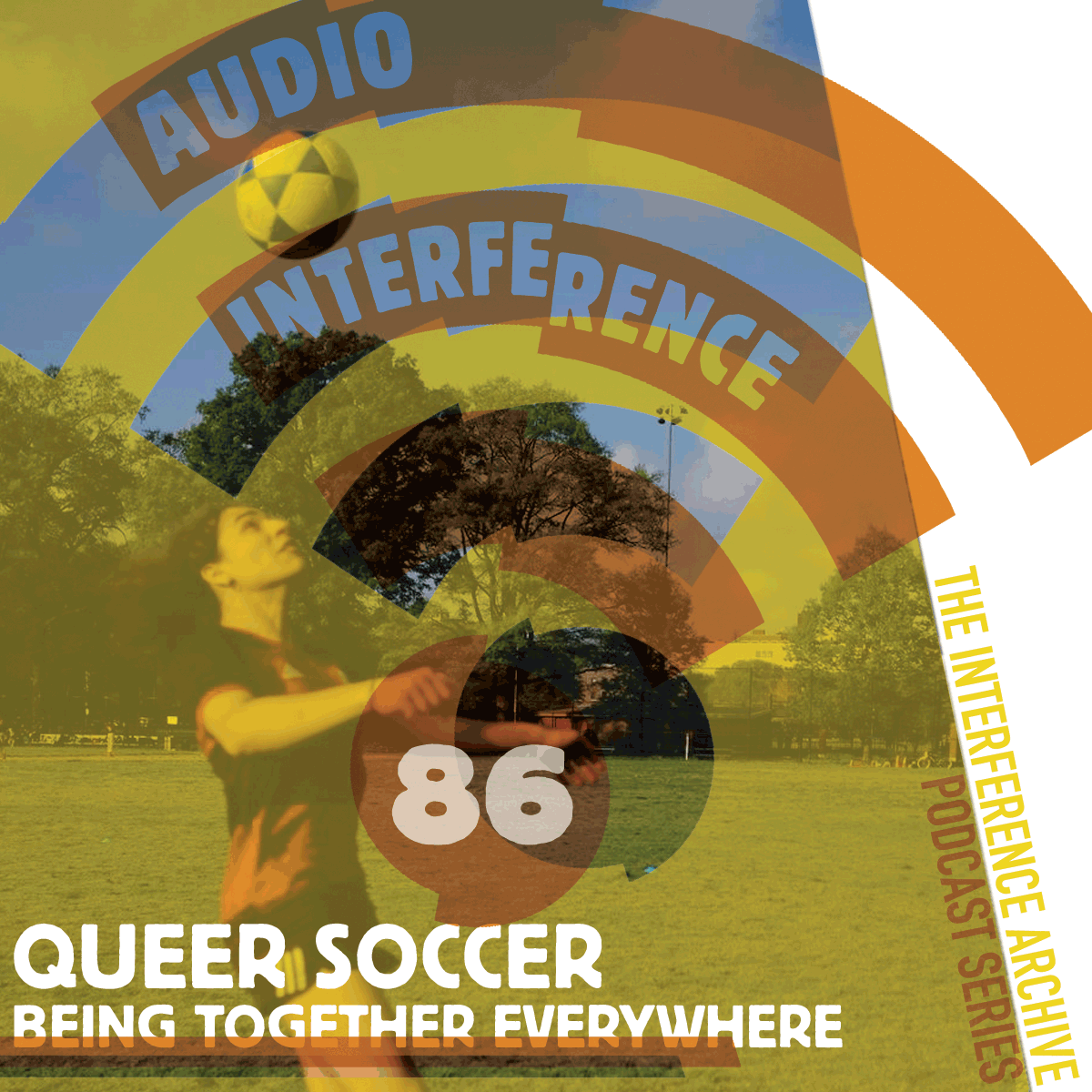
Now Streaming
Audio Interference 86: Queer Soccer, “Being Together Everywhere”
Reb Ngu, one of our volunteers, interviews their teammate, Lua Ferreira, about their queer/trans pick-up soccer group, which Lua started in the summer of 2020. They talk about losing soccer as kids and recovering it as adults, the transforming effects of play, maintaining the group as a free and open space, and learning how to […]
Listen >News & Updates
*Art In Action, Across Borders: A Collective Zine of Solidarity
On Saturday, February 11, neighbors from all around New York City came to Interference Archive to participate in collaborative zine-making while listening and contributing to a live broadcast to Radio AlHara, coordinated with Musicians For Palestine. Download and read the zine we made together here, and listen to the mix: “This collective gathering to make […]
MoreCelebrating Interference: an art project reflecting on our first decade
Since 2011, Interference Archive has existed as an all-volunteer, collectively organized archive of material produced by social movements around the world. Our work as an archive includes caring for material collections donated to us; providing access through regular open hours; and activating the archive through free exhibitions and programming. More broadly, our work as a […]
MoreShop
*Exhibition Catalog: Walkout: A Brief History of Student Organizing
May 2020 marked the 50th anniversary of the Kent State and Jackson State massacres, which set off a historically large-scale student strike across the nation. With the anniversary as an entry point and frame of reference, this 96-page full color publication uses posters, buttons, pamphlets, flyers, zines, and more—to examine the broader scope of student movements that both led up to and followed those of May 1970.
